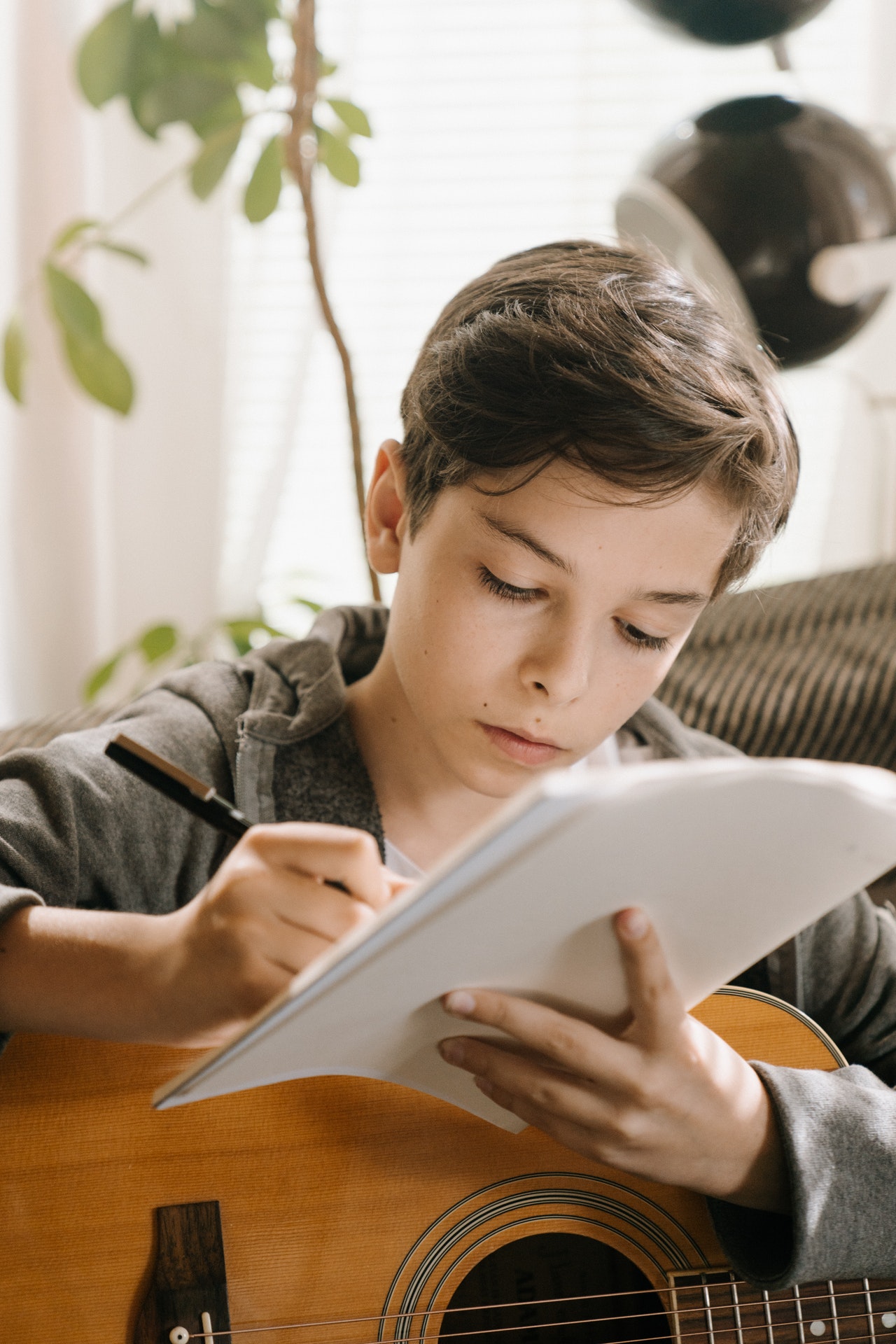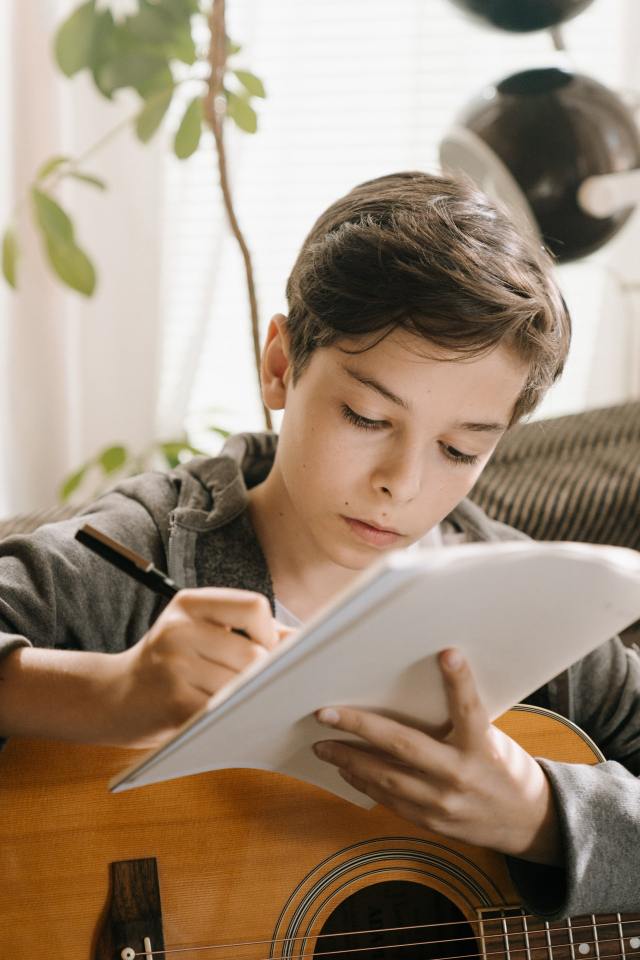
Technology limitations and hiccups. A lack of focus by students. Greater feelings of isolation. With distance learning is now the norm for most of us, these are just some of the problems we encounter daily as we navigate our new learning landscape.
But what if I were to tell you of a way to lessen the stress and strain for teachers and students alike and improve learning? It’s something so simple and readily available to all of us. I’m talking about music.
We already know, according to a study by the John Hopkins School of Education, that playing reflective music can hold a student’s attention for longer periods of time than without. That music instruction appears to accelerate brain development in young children, particularly in the areas of the brain responsible for processing sound, language development, speech perception and reading skills.
But we don’t need studies by highly respected universities to tell us what we already know: That music soothes our soul, stimulates our senses, and opens up our imaginations.
Below are 5 ways you can incorporate music into your home learning program to create a spark for greater productivity, stimulation, and joy.
1. Set the Mood with Music
What would our favorite movies be without music? Think about the theme from Jaws or any of the songs from the Sound of Music. Think about how music affects mood during a film—how the right tone can calm or excite. Why not use the same techniques of Hollywood moviemakers for your learning program? The next time you read a story, accompany it with music that fits the scene or development of a character.
Use music as a transition from one subject to another. Use it as a cue to inspire a sense of urgency, such as the Batman theme. Create energy with the theme from Rocky. Instill calmness with a lullaby.
What music you choose is up to you, but used appropriately, the right piece can set the right mood for the moment.
2. Write a Song, Melody, or Lyrics
Having your students try their hand at writing music or lyrics can deepen their understanding and appreciation for any lesson. Instead of assigning the typical book report or essay, use music to spark new inspiration.
Let the student take ownership and choose whether to create a song, write a rap, or develop a beat. Creating music is a terrific way for your students to express their creativity.
Remember how you learned your ABCs? Use a sing-along to memorize new material or even their multiplication tables.
3. Let the Music Guide You
Music can be a great teaching assistant. The next time your students are practicing math drills or learning spelling words, for example, let them keep a beat or tap to it with anything they have on hand, such as a toy drum or even an aluminum pot. Of course, be sure they get their parent’s attention before suggesting they bang away on their mom’s cookware.
Music, in general, works wonders when learning new material. I bet you can still recite the lyrics from the series, Schoolhouse Rock! (Two of my favorites are I’m Just a Bill and Conjunction Junction, which can be viewed on Disney+ by the way).
4. Let’s Dance
One of the most challenging aspects of at-home learning for children is the lack of physical activity. Allow them to get up from time to time and shake a groove to the music and release some energy.
Dancing to music also helps to build motor skills while allowing them to practice self-expression.
Flocking is a method of interpretative dance where students mirror or shadow each other’s movements in a group. One student will act as the leader and express their meaning to a song by creating a move. The other students will attempt to follow. The Council of Ontario Drama and Dance Educators has all the details. Keep in mind it was written for in-class learning, but you can use your imagination to create ways for it to work virtually.
5. Let a Musician Tell Their Story
Listening to a musician’s story can do wonders to increase one’s appreciation of their art. The good news about today’s Zoom/Google Meets culture is that we’re getting use to meeting virtually.
Invite a local musician to discuss their craft, how they get started, and even to perform a tune or two. Although many musicians are night owls, you might be surprised how willing they would be to get up early and talk about one of their greatest passions.
As an alternative, there are plenty of fantastic and inspirational documentaries for older kids on musicians – many of which you can find on Netflix, Amazon and even on YouTube.
Music is the ultimate international language, making it easy to explore other cultures, which is why I’m a huge fan of the Buena Vista Social Club (1999, Hulu), which tells the story of Cuban musicians continuing to hone their craft while isolated under Castro.
Jakob Dylan of the Wallflowers (Yes, Bob’s son) headlines an enlightening history lesson of the 60’s Los Angeles music scene in Echo in the Canyon (2019, Netflix), showcasing the community and shared-influence responsible for many of the era’s greatest hits.
Hip-Hop Evolution (2016-20, Netflix) is a 16-part series covering the key moments (musically and socially) in the history of rap.











